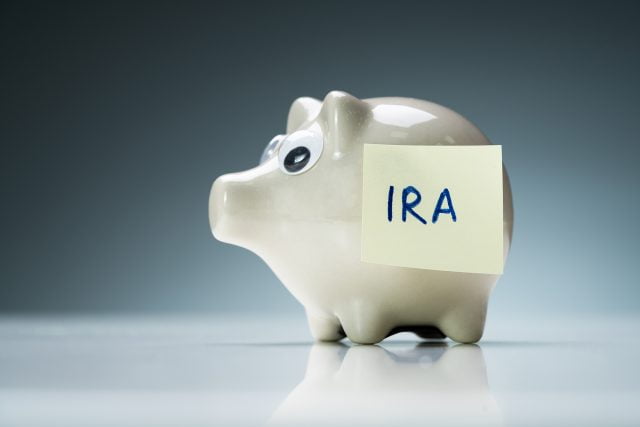
It’s Too Easy to Take Money from IRAs
Alicia H. Munnell is a columnist for MarketWatch and senior advisor of the Center for Retirement Research at Boston College.
Current provisions encourage leaving the 401(k) system.
I’ve been thinking a lot about leakages from retirement accounts lately. The system we have is not very sensible. Money escapes when people change jobs with no rationale for such distributions. Yes, the participant faces a 10-percent penalty in addition to federal and state income taxes, but that penalty does not appear to act as a meaningful deterrent and these distributions result in a serious loss of retirement income later in life.
On the other hand, the system hits people when they are down by penalizing hardship withdrawals – true hardship withdrawals – with the 10-percent penalty. Experts fret about loans, but they appear to offer a sensible safety valve; most borrowers continue their contributions while they have a loan outstanding; and most of the money is repaid.
And why do we let people take money out at 59 1/2? In an age when working longer and saving more are the key to a secure retirement, people ought to be compelled to keep their money in the system until they are likely to stop working. Thus, no withdrawals, other than for hardship, should be permitted from either 401(k)s or IRAs at least until Social’s Security’s Earliest Age of Eligibility – 62.
The most astounding thing that turned up in this review of leakages is that the treatment of hardship distributions differs between 401(k) and IRAs. Both accounts allow distributions that are exempt from the 10–percent penalty, but the list of penalty-free exemptions is considerably longer for IRAs than for 401(k)s.
In terms of similarities, both types of accounts currently allow non-penalized distributions in the case of total and permanent disability and if the amounts are distributed in the form of lifetime payments. Both also allow non-penalized distributions to cover very large medical expenditures in excess of 10 percent of adjusted gross income. But in the case of IRAs, the list of exceptions does not stop there.
No penalty is imposed on IRA distributions to cover post-secondary educational expenses for the participant, spouse, children or grandchildren and for the withdrawal of up to $10,000 to buy, build, or rebuild a first home. Distributions for such purposes from a 401(k) would involve the 10-percent penalty. Having different provisions in the two accounts is confusing and benefits those who know the rules.
More importantly, education and home investment do not seem like appropriate reasons to take money out of retirement accounts. Hardship withdrawals from both 401(k)s and IRAs should be limited to serious unpredictable hardships and the amounts distributed not subject to the 10-percent penalty. Such an approach would preclude withdrawals for education or home purchase, which are predictable events that should be planned for and financed outside of retirement savings accounts.
The fact that IRAs have more extensive – and in my view inappropriate – options for non-penalized withdrawals further encourages 401(k) plan participants to leave a system where they are protected by fiduciaries and fees are monitored to one where no fiduciary stands between them and their money and no information about fees is available. Such a policy undermines retirement security.
The standards for hardship withdrawals should be narrowed, and the provisions should be the same for 401(k)s and IRAs.






